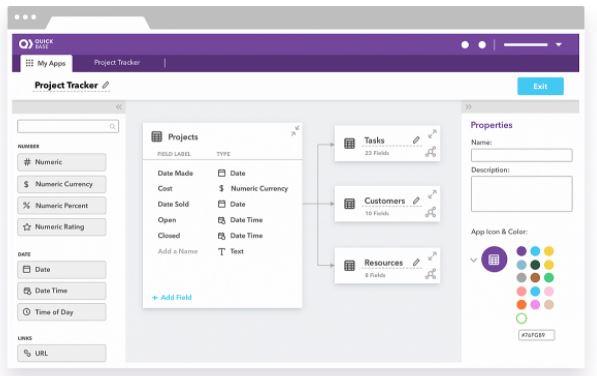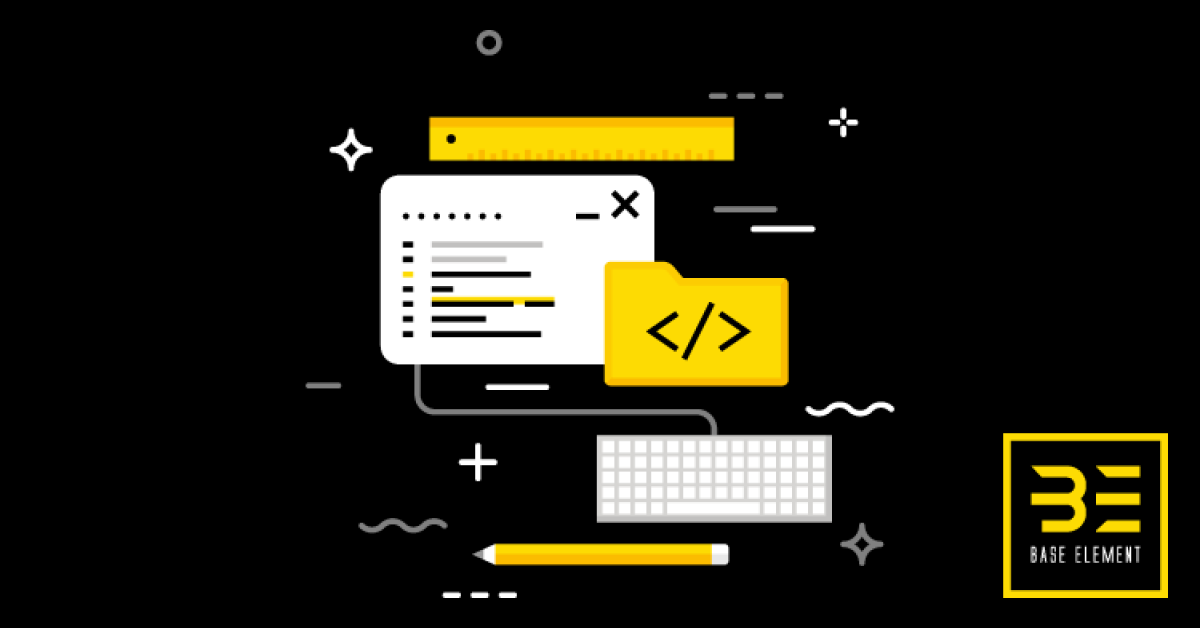


Junior-level developers are often interchangeable with trainee-level developers due to their more basic knowledge of the subject matter.
Base one developer software#
The trainee stage is a formative one, and the expectations of the trainee will vary from employer to employer but will at least be required to understand the software they will be working on or with. One such company that offers temporary positions for trainee-level developers is the International Business Machines (IBM) corporation. These are usually restricted to student internships that allow a non-professional learner of software engineering and coding to work in the firm as an assistant to established professionals.
Base one developer professional#
However, many firms and companies offer opportunities to trainees to gain exposure to a professional setting of software development and earn experience. Trainees are often left out of the list of levels due to it not being a professional listing. These trainees lack direct experience in the field and are dedicated to learning the necessary skills and details vital to the career. Trainees are, often, students of some level with a focus on computer science and software engineering. As the name implies, trainees are neophytes in software development and are still learning to ply their trade. This level in the software developer’s ladder of progression is the first of the two missing entries in the list. These additional stages are supported by the Dreyfus Model of the software developer level list. Few people realize that there are two additional stages that are seldom recognized but are equally important to the progression of any aspiring software developer. The different skill levels are generally referred to by three “rungs” on the career ladder. These levels of expertise determine where you rank professionally on the career ladder when it comes to software development and what kinds of skills you possess. There are a number of more current approaches to this like Oracle's data pump (even for tables).Just like all professional fields, software developers have different levels of experience and authority in their field. The copy command approach is old and its features are not being updated with the release of new data types.

Identify source and destination connections with the copy options you would like. On the tool bar, select Tools>Database copy. With SQL Developer, you could do the following to perform a similar approach to copying objects:

I tried a variation of your command as follows in SQL*Plus (with no errors): copy from to create new_emp using select * from emp Īfter I executed the above statement, I also truncate the new_emp table and executed this command: copy from to insert new_emp using select * from emp that you are not inserting duplicate records). Also, with an insert command, you would need to be concerned about primary keys (e.g. try a tnsping), you should be able to execute your command.Īnother assumption is that table1 has the same columns as the message_table (and the columns have only the following data types: CHAR, DATE, LONG, NUMBER or VARCHAR2). If you have your tnsname entries setup for SID1 and SID2 (e.g. The copy command is a SQL*Plus command (not a SQL Developer command).


 0 kommentar(er)
0 kommentar(er)
